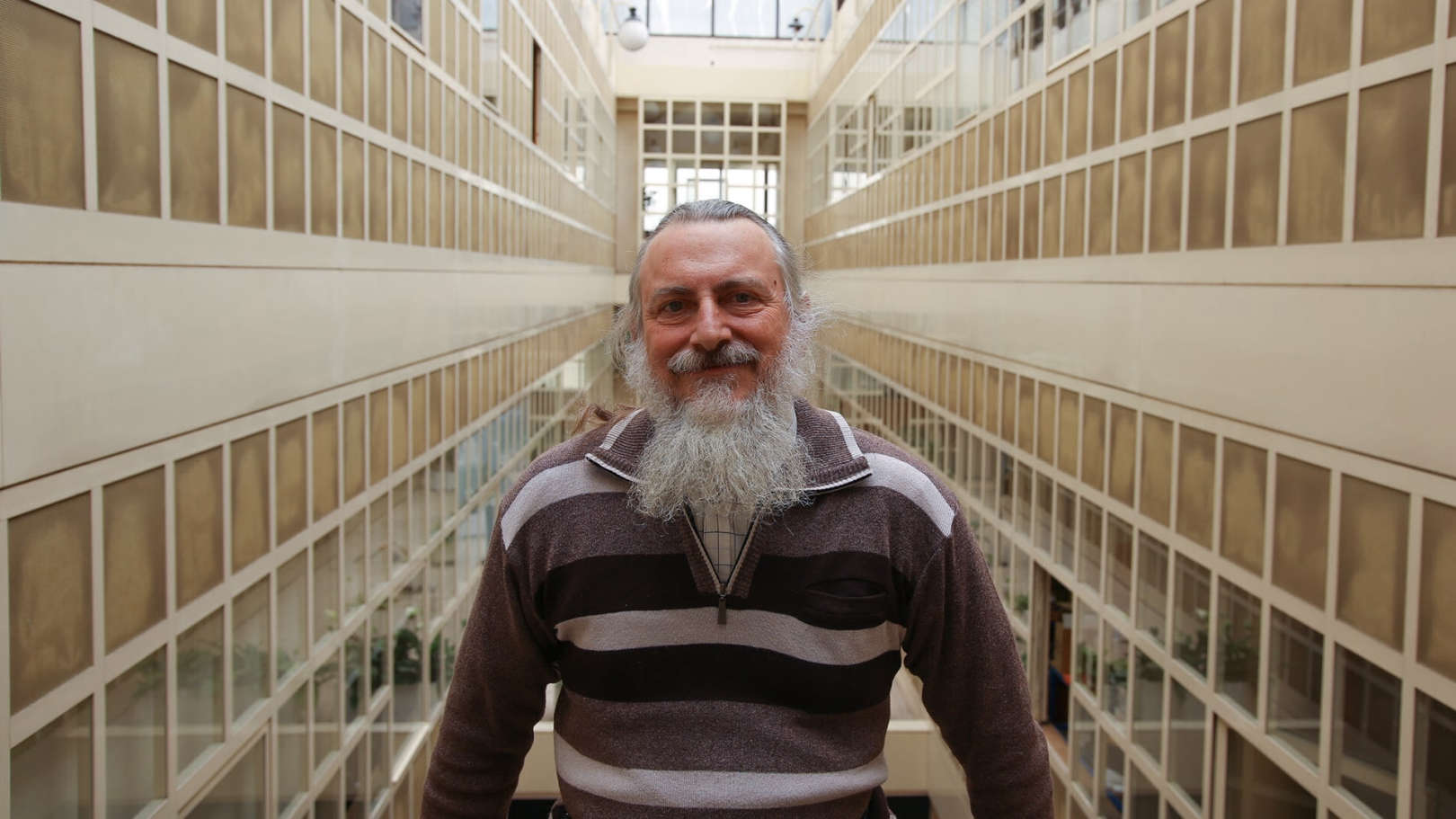Sobre
Manuel J. B. Marques licenciou-se em Física (5 anos) no ramo de Óptica e Electrónica em 1983 pela Universidade do Porto e doutorou-se em Física, pela mesma universidade, em 1991.O seu trabalho de tese era em acoplamento nãolinear a guias de onda óticos.
Iniciou a sua colaboração com o INESC em 1982 trabalhando num projeto de caracterisação de fibras óticas, tendo sido membro do INESC, no Porto até 1993, quando integrou o Centro de Fisica do Porto, onde trabalhou em lasers em fibra e ótica integrada. Em 2002 voltou a integrar o INESC Porto trabalhado em lasers em fibra e sensores.
É professor auxiliar do Departamento de Física e Astronomia da Universidade do Porto desde1991.


